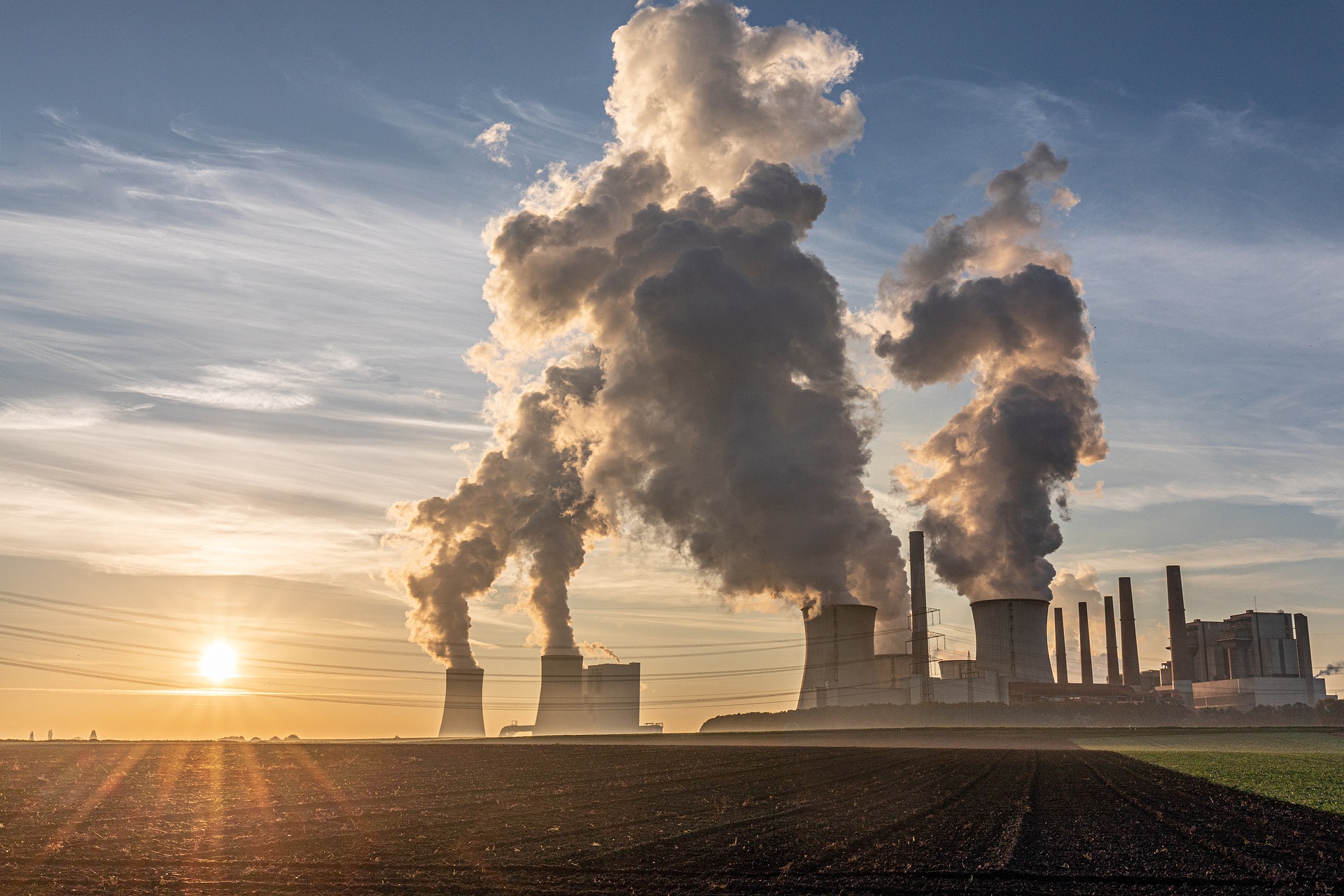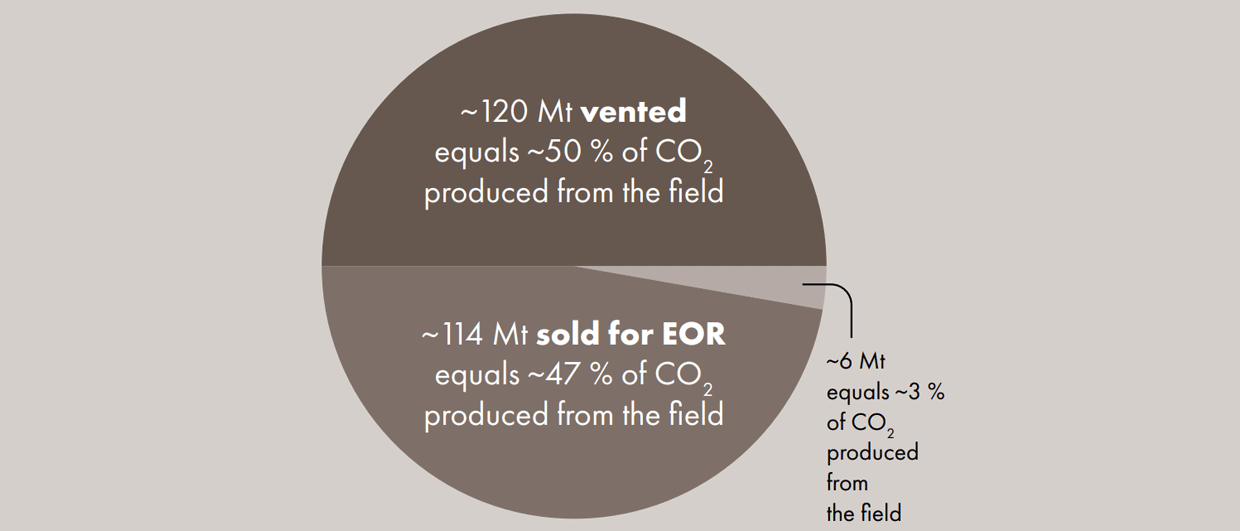The USA is by far the world’s largest geological CO2 producer, extracted from a small number of high – CO2 reservoirs. The vast majority of this CO2, 97 %, is immediately reinjected into the ground to facilitate enhanced oil recovery. The other 3 % is traded on the merchant CO2 market and bought first and foremost by the food and beverage industry. In the US, geological CO2 makes up about a quarter of merchant CO2 but it is a growing segment.
Reliable source
Ethanol refining and ammonia production are large industrial sources. However, CO2 is only a by-product and hence its production is dependent on the alcohol and fertiliser markets as well as any issues within their supply chain. For example, the UK’s food-grade carbon dioxide supply was cut by 60 % in 2021 when two fertiliser plants halted work due to a rise in gas prices.
CO2 produced directly from the subsurface is a more reliable source for the food industry, bypassing these issues. That does not mean it is not without potential issues though; in 2022 the Jackson Dome reservoir in Mississippi was contaminated when gas from a nearby mine seeped in. The Jackson Dome is a 98 % pure CO2 reservoir that supplied about 35 million MCF merchant CO2 per year until problems arose. The resulting shortages and resulting CO2 price hike triggered several North American operators to start profiting from the CO2 that has been present in their hydrocarbon and / or helium reservoirs all along.
GEOLOGICAL CO2
There are several ways in which CO2 is generated in the subsurface. At depths up to ~2 km, it can be formed by biogenic activity through the bacterial decay of organic material. At greater depths, CO2 can be the product of late-stage thermal maturation of kerogen. However, CO2 is also found in metamorphic settings in the absence of organic material. In this case, CO2 results from metamorphism of impure carbonate rocks. CO2 in reservoirs that lack methane or other hydrocarbons most likely has a metamorphic origin. This could well be the case for Blue Star’s acreage in Colorado.
For example, Royal Helium built a processing and purification facility at its Steveville project in Alberta, Canada. The production plant produces pure helium and food-grade CO2. The limited ancillary methane produced from the wells is recycled back into the facility to power its operations and only nitrogen is vented to the atmosphere.
Exploiting CO2 discovery
Blue Star Helium’s Galactica/Pegasus prospect in Colorado contains 2 – 6 % helium in the Lyons Formation. How[1]ever, once its chilled distillation facility will be completed, it will start capitalising on the 40 – 70 % CO2 that is present in the gas stream as well. Yet, the company’s main CO2 production will come from the nearby Serenity field, where exploration drilling in 2022 did not result in the discovery of helium but >98 % CO2 instead. Blue Star quickly pivoted into this sector and will now supply the beverage industry from its ‘dry’ well.





